A detailed itinerary tailor-made for you.
Start planning your tailor made vacation with Far & Wild.

Alistair
Travel Expert

Can't decide where to go? Why not peruse some of our most popular destinations for inspiration then give us a call!

A diverse land brimming with superb safaris, pristine sandy beaches, towering snow-capped peaks and tropical underwater worlds is just waiting to welcome you

Australia offers vibrant cities, diverse landscapes, and iconic wonders like the Great Barrier Reef. New Zealand adds dramatic scenery, Maori culture, and relaxed charm. Together, they promise nature, adventure, culture, and warm hospitality.

If you're dreaming of an island getaway, look no further than the Caribbean with its gorgeous soft sand beaches and lively, diverse cultures.
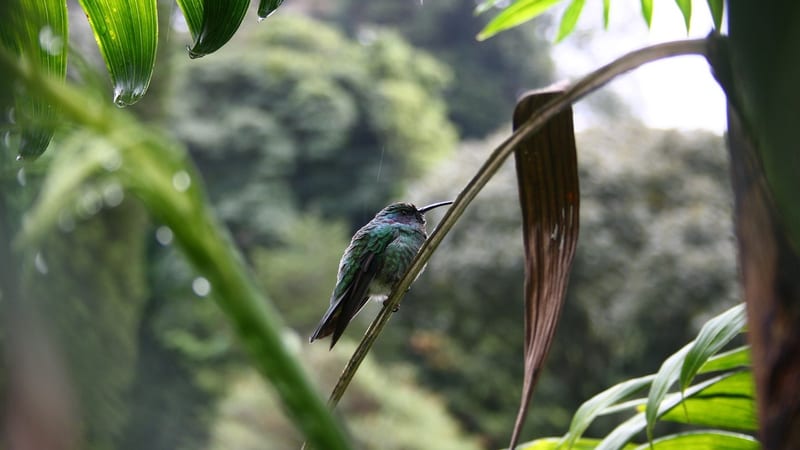
Head to the amazing destination that is Central America, full of the knowledge of ancient civilizations, incredible mountains, and beautiful beaches.

Discover vibrant cultures, pristine beaches, and tantalizing flavours in the captivating travel haven that is East and Southeast Asia

Embark on a journey through the vibrant tapestry of India, Sri Lanka, and Bhutan—where ancient temples, lush tea plantations, and soaring Himalayan peaks promise unforgettable moments at every turn.
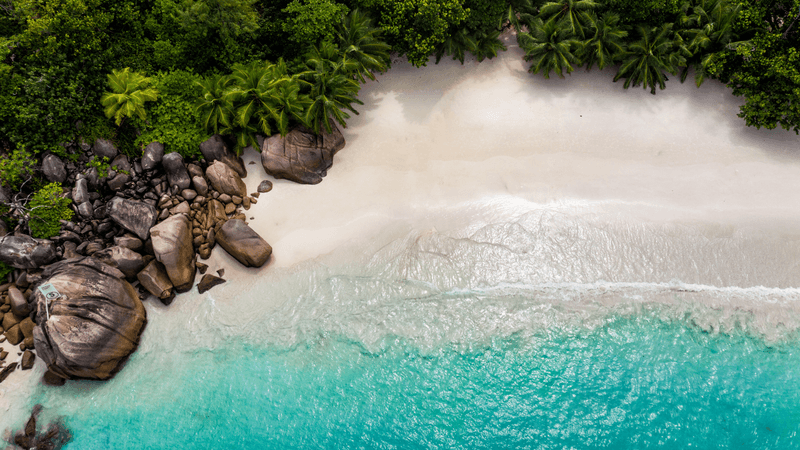
Picture yourself basking on sun-kissed beaches, sipping tropical cocktails beneath swaying palms —where crystal-clear lagoons and luxurious resorts cater to your every desire.

Experience world-class hospitality, mouthwatering cuisines, and the region’s deep-rooted cultural traditions for an unforgettable Middle East adventure.

Venture to the ends of the Earth and behold the icy majesty of polar landscapes. Discover pristine solitude, exhilarating expeditions, and breathtaking views that promise a memorable encounter with nature at its most dramatic
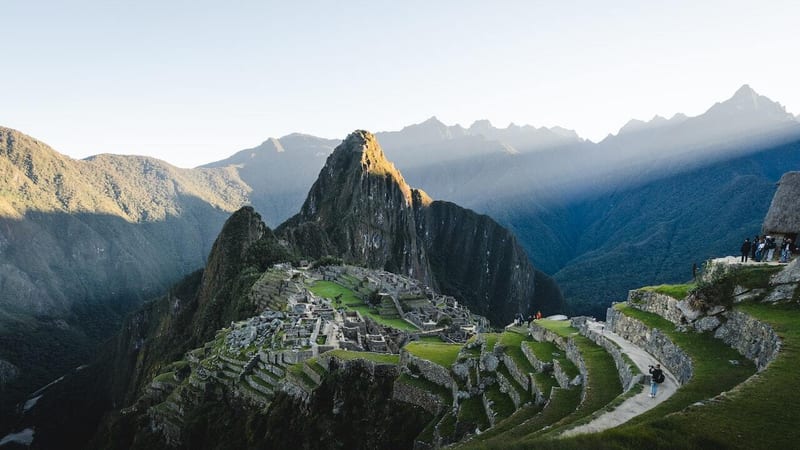
Journey into the heart of South America, where the rhythmic pulse of its vibrant cities meets the majesty of the Amazon rainforest and the timeless wonder of ancient civilizations.

The South Pacific is a paradise of turquoise waters, white-sand beaches, and vibrant island cultures. From adventure and natural beauty to pure relaxation, each island offers its own unique charm and welcome.
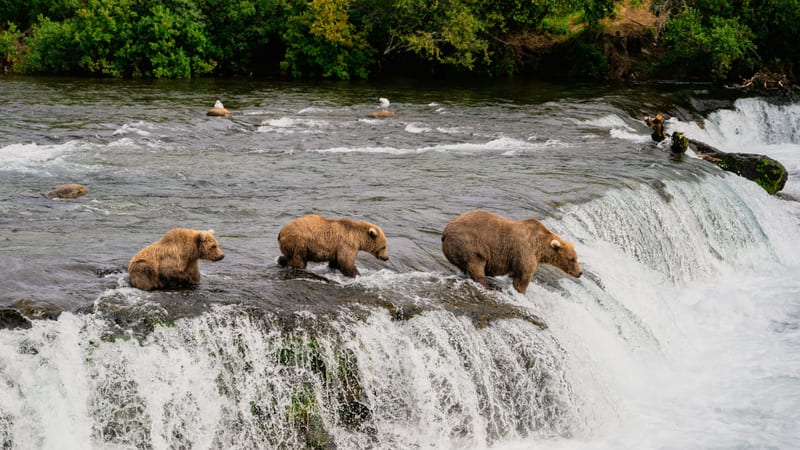
From the soaring plains of the Southwestern USA to the stunning landscapes of the expanses of Canada, visit some of the most impressive scenery in the world

If you are looking for a trip to knock iconic locations off your bucket list, check out our buck list recommendations
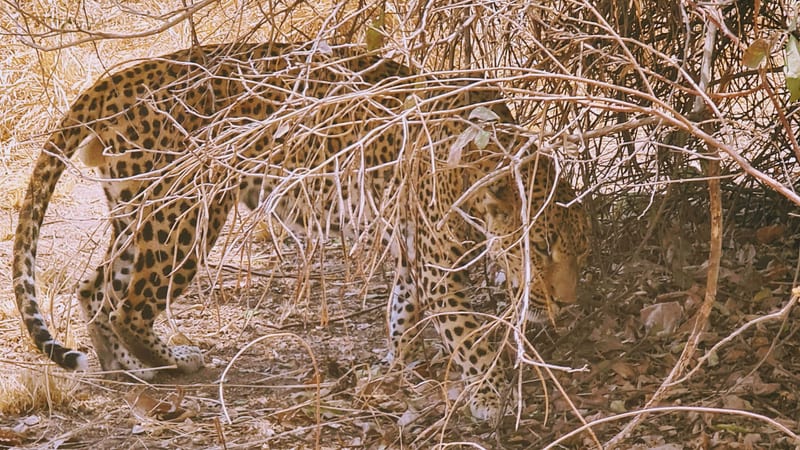
From the graceful stride of giraffes at sunrise to the echoing roars of lions beneath starlit skies, each of our safaris promises an unforgettable dance with nature.


Our family holidays are a perfect opportunity to create lasting memories, whether exploring new destinations or simply enjoying quality time together. From adventure-filled escapes to relaxing beach retreats, they offer a chance to reconnect and unwind away from daily routines.

Our luxury holidays offer the finest experiences, from exclusive resorts and private villas to tailor-made adventures with impeccable service.

For those seeking adventure beyond the usual tourist trails, our off-the-beaten-track trips take you to some of the world’s most remote and untouched destinations, where authentic cultural encounters and breathtaking landscapes await. Let us craft your unique journeys that few travellers ever experience.

For the ultimate beach escape, we offer luxury holidays to some of the world’s most stunning coastal destinations, from the white-sand shores of Antigua to the turquoise waters of Zanzibar.

For those who crave excitement and exploration, our adventure holidays take you to some of the world’s most thrilling destinations, whether trekking through Patagonia, summiting Mount Kenya, or kayaking past icebergs in Antarctica.

Interested in something a bit more focused? How about a horse-riding holiday through Argentina? Or a photography safari? Look through our Special Interest holiday selection for inspiration

Our wildlife holidays invite you to step into unique ecosystems and experience amazing animal encounters. Whether spotting majestic tigers in the jungles of India or marvelling at polar bears in the Arctic, each trip promises awe-inspiring moments steeped in the magic of nature.

Our small group tours offer the perfect balance of expert-guided exploration and personal experience, taking you to incredible destinations with like-minded travellers. Whether it's a wildlife safari in Botswana, a cultural journey through Vietnam, or a chef-led expedition through India, our carefully curated itineraries ensure an intimate, enriching, and hassle-free experience.

Sustainability travel is at the core of what we do and a guiding principle in every choice we make as a business. Let us help you make sustainable travel choices
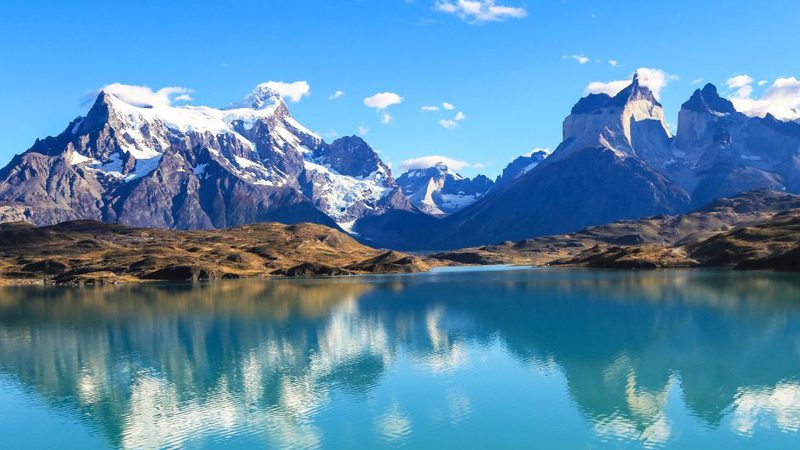
Read about what we do to make a difference

One of the most important parts of our commitment to responsible travel is protecting our clients, and it is a part that we take extremely seriously.

Not sure what's best for which time of year? Check out our expert-written guides

Looking for some expertise on your destination? Have a look through our selection of guides and articles written by our destination experts

Looking for more inspiration? Read from our range of hundreds of articles from our travel specialists, local guides, and personal travel tales.
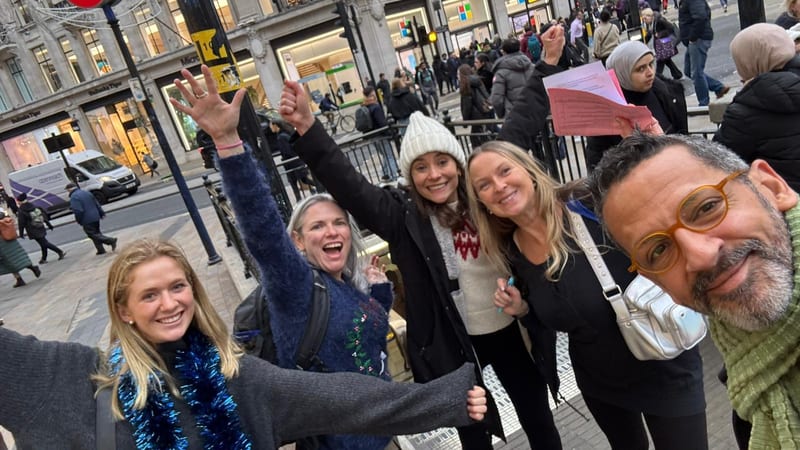
Our mission is to make every holiday special. We will do this whilst specifically aiming to minimise the environmental impact of our activity and maximise our opportunity to influence others to do the same.

One of the great advantages of visiting Serengeti National Park in Tanzania is that you can witness spectacular wildlife all-year-round without any limitations, regardless of the season.
With a size covering over 14,763 square kilometres, Serengeti National Park is one of the most renowned safari destinations in the world, and with good reason - home to the wildebeest migration, as well as the African elephant, lions, leopards, zebras and more.
When planning a visit to Serengeti, one of the most significant considerations is figuring out the best time to go. This decision is influenced by various factors, including the weather, budget, and personal preferences, which we will discuss in detail below.
Most people want to see the spectacular Serengeti wildebeest migration when planning their safari to Tanzania.
Luckily, since this is an annual cycle, you can witness the migration any time of year in the park; however, at different times of the year, you will see different parts of the cycle.

December - Beginning Of Calving Season
This season starts around December. The countless herds gather in Southern Serengeti National Park and around an area called Ndutu/Ngorongoro Conservation Area.
January to March - Calving Season
This is the peak of the calving season in Serengeti between January and March, attracting numerous predators like lions and hyenas due to the scattering of young wildebeest in the southern area of the park.
Around 500,000 calves are born during February; you can see great calving sightings around this time, although there might be some rain.
After calving, they will start to head North since the South is beginning to dry out before the rainy season starts meaning the plains are less luscious. Any of the Ngorongoro crater lodges are great to stay at during this time.
May to July - Trekking North
The time from May to July is when the migration of herds heads to North Serengeti and into the Western corridor. It is also mating season.
Visiting the in June is popular as it is entering the dry season and you can see the start of the river crossings.
July to October - River Crossings
Between July to October is when the Mara river crossings happen. Dramatic events which are often bucket list safari items.
By November, they will return South to cross the river again into Serengeti, and the process starts all over again.
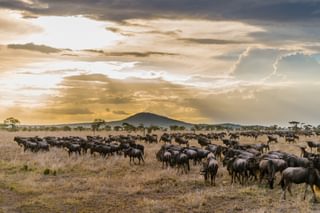
January - February
If you're looking to avoid the crowds which are found during the high season, then January and February are great months to visit the southern part of Serengeti National Park, particularly the Ndutu area.
Around this time, the Serengeti plains are still lush, and it's calving season, which makes it an attractive time for photographers to take a safari in Ndutu or Ngorongoro crater. You can also see migratory birds at this time.
That being said, January can be expensive for safari lodges with prices starting to fall around February to March before the rains begin again. As the plains dry out, it can be easier to spot lions during this time and road conditions tend to be better.
Keep in mind that Tanzania has some of its hottest weather during January and February, so make sure to pack plenty of sunscreen.
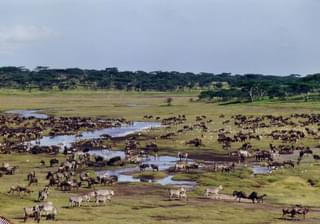

March - May
This is the beginning of the wet season in Serengeti, the plains will grow to be lush, and crowds will be less as you enter the low season, allowing you to have a more budget-friendly safari.
Visiting at the beginning of March can be a very rewarding time, as before the rains, there is plenty of opportunity to see wildlife around watering holes where they will gather if the plains are dry. It is also a wonderful time to visit the Ngorongoro Crater which can become very busy in peak times.
During April which is the peak rainy season, the roads which can become difficult due to the heavy rains, and some lodges also close due to the lack of visitors, making it a peaceful time to explore the off-beat tracks around south and central Serengeti.
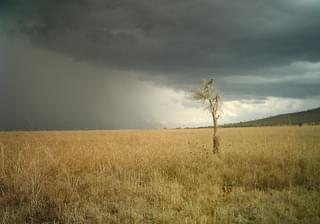
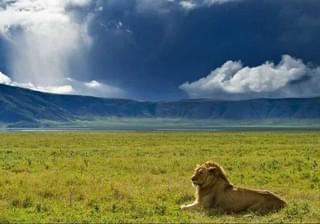
June
Once the long rains start to taper off, this is known as the shoulder season in Serengeti; it's a photographer's dream, with luscious green plains and the wildebeest begin moving north.
As herds start to move North, staying in Southern/Central Serengeti in a region called Seronera during this time is recommended, although some roads might be impassable with the heavy rains. In June, the majority of herds will be at the Grumeti River, which whilst not as dramatic as the Mara river crossings, is still a spectacle of wildebeest battling through the crocodile-infested waters in hunt of fresh pastures.
You might even get lucky and spot some leopards at the Seronera River where their population is dense.

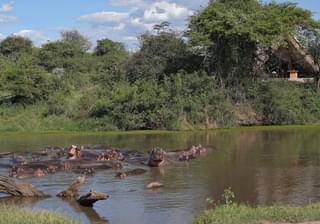
July - August
This is peak season in Serengeti and perhaps the ultimate period to travel to Northern Serengeti and witness the migration crossing the Mara River, wildlife viewing is optimal thanks to the rains drying up, making road conditions better. Staying in the Western corridor is ideal during this time.
The weather is dry and pleasant, but it can get chilly at night, so bring a jacket.
Since this is peak season, prices will also be the most expensive, but it can be a great time to combine your safari with a Masai Mara visit or to the beaches of Zanzibar.
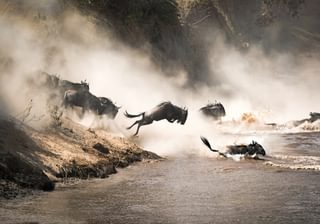

September - October
As the Wildebeest start to cross the Mara River again and return south, this is also an excellent time to visit the North of Serengeti in particular if you plan to see the migration.
Since the weather is still dry, you could participate in activities such as hot air balloon rides, a great way to see the plains, wildlife and migration from above as well as other animals such as zebras and gazelles.
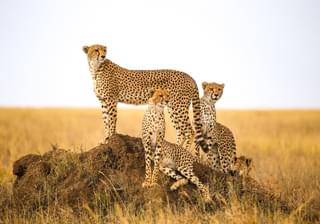

November - December
With only the occasional showers in the afternoon and hot temperatures during the day, visiting the Serengeti during November and December is ideal.
The park is lush and green, making it perfect for wildlife viewing and photo opportunities; plus, it's low season, so prices will start to fall, although expect peak prices during Christmas and New Year.
This is also a pivotal time to view Migratory bird species and famous birds such as the Secretary bird and Kori bustard due to it being the start of the breeding season till April.
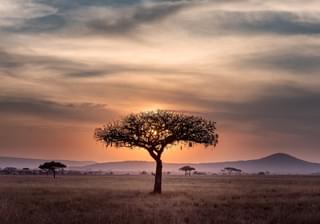

When is peak season?
The peak season from Jun - September coincides with the dry season. The bush thins out making wildlife easier to spot, the days are sunny and warm, and the river crossing migration also happens during this time from Western to Northern Serengeti.
The disadvantages are that it is the most crowded time to visit Serengeti National Park, with peak prices during July and August.
When is the low season?
The low season is around April to May and October to November since these are the rainy seasons, still, they are less crowded, making it an attractive time to visit if you want a more budget-friendly safari and are okay with getting wet occasionally, temperatures are also more pleasant and cool.
Can you explain the wet and dry seasons?
There are four weather seasons in Tanzania; short rains, dry season, long rains and hot season. The dry period is also known as the 'peak season' in Tanzania, this is between June to October.
During the dry season, there are many benefits to going on a wildlife safari in Serengeti, the first being it is easier to spot wildlife since the vegetation is drier, and second, water is sparse, which means wild animals gather around watering holes making them easier to spot. Temperatures during this time are hot, but not as high as the months of January and February.
However, you can enjoy magnificent wildlife viewing during the rainy season too. Between November and May, the vegetation becomes lush and green; this attracts bird species such as the Secretary bird and is also great for photography.
It is worth noting that during the long rainy season April - May, many lodges tend to close around Serengeti National Park since roads and terrain can become challenging to navigate due to the heavy rains.
Weather seasons in Tanzania are becoming more unpredictable due to changing weather patterns because of climate change, so the rainy season can be a great time to book if you're on a budget.
Can I visit the Serengeti in the rainy season?
Nowadays, due to climate change, the rainy seasons in Serengeti can be unpredictable, starting later than usual. This makes March and early April a great time to go on safari to avoid peak prices and crowds.
Many people avoid planning their Serengeti safari around these times but the rainy season can be a perfect time for viewing baby animals after the birthing season; with lush green plains, you can still see active wildlife.
You can also combine your safari with cultural trips visiting the Maasai and local villages in surrounding areas and the tourist hub Arusha.
Start planning your tailor made vacation with Far & Wild.

Travel Expert
Get travel tips directly to your inbox every week
Give us a call on 0203 111 1315 or fill in the form below and we’ll be in touch.
